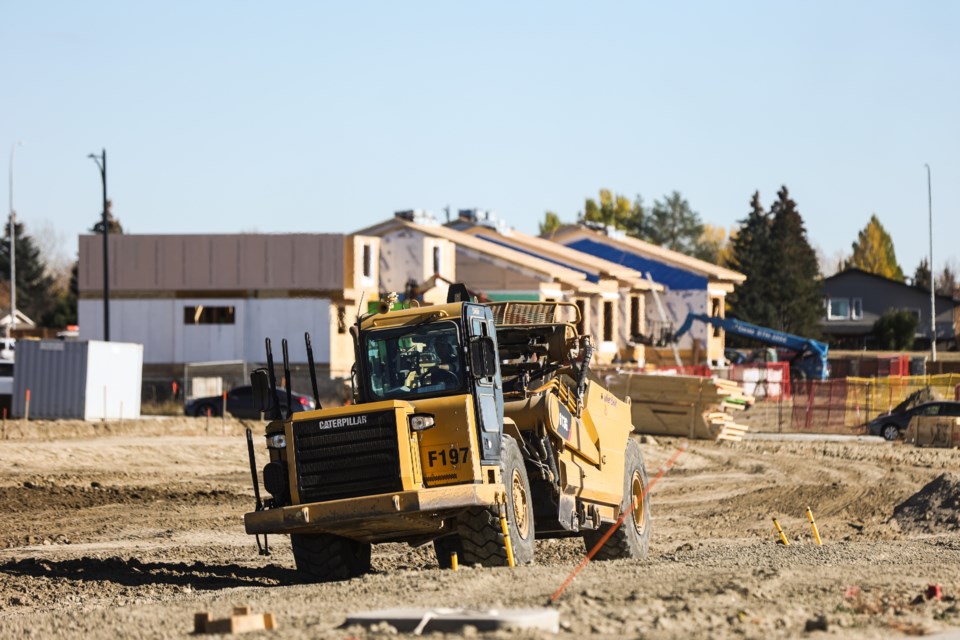It’s always better to stay ahead of the game than try to play catch up.
With that in mind, I was encouraged to see Okotoks council approve a bylaw last week that mandates developers use drought-tolerant grasses for lawns in all new builds.
Introduced by Coun. Rachel Swendseid last year, the legislation ensures water conservation is built into the design of new communities. It makes no sense to construct a prohibitively expensive pipeline only to squander that water on lawns during what are sure to be drier and hotter summers thanks to climate change.
I’m not a fan of wasting water to keep the lawn green during the summer, so planting grass varieties that are drought-tolerant does away with the temptation to pull out the sprinkler. It’s the kind of forward-thinking approach that’s needed in all facets of development.
There are all kinds of programs, some of them right here in Okotoks, that aim to lessen our water and carbon footprints in support of the Town’s Climate Action Plan. I’m not sure it’s fair to say these initiatives are righting past wrongs given some of the technology wasn’t available previously, but at the very least they’re helping to drag us into the 21st century.
There's financial assistance, in the form of rebates, grants or loans, to help make gardens water-wise or to retrofit homes to become more energy efficient.
So, I must give credit to the Town of Okotoks and other jurisdictions for making this kind of funding available, but I wonder if we wouldn’t be further ahead by insisting on more of this up front. I realize that every additional requirement put on developers increases the cost of housing, which is obviously not ideal given it’s already out of reach for many people, but those initial investments pay dividends, both financial and environmental, down the road.
Okotoks resident Gordon Petersen, who is much better versed in this topic than I am, has been advocating for the Town to scrutinize all new developments through the lens of climate change, sustainability and resiliency.
He would like to see all new buildings constructed with water collection and storage systems for indoor and outdoor use, see them positioned with south-facing rooftops complete with appropriately-sized solar panels and built to higher energy-efficient standards, among much else. Petersen talks about ‘future-proofing’ new developments to avoid costly retrofits later, which will require additional private and public funds.
His suggestions, similar to the drought-tolerant grass requirement now in place, make sense as they not only reduce the long-term water and carbon footprints of each unit, but they’re also more cost effective to live in, the initial cost being the obvious hurdle. However, total cost of ownership implies both the upfront capital cost and ongoing operational costs.
Okotoks has proven to be a forward-thinking town when it comes to matters of the environment, so I’m hopeful there will be other initiatives to make new construction more environmentally friendly. I realize there’s a delicate balance to be struck when mandating such upgrades, but given home buyers end up paying for it one way or another, there’s something to be said for doing it right the first time.




